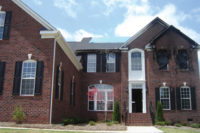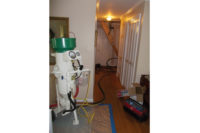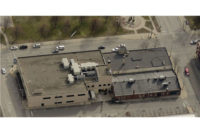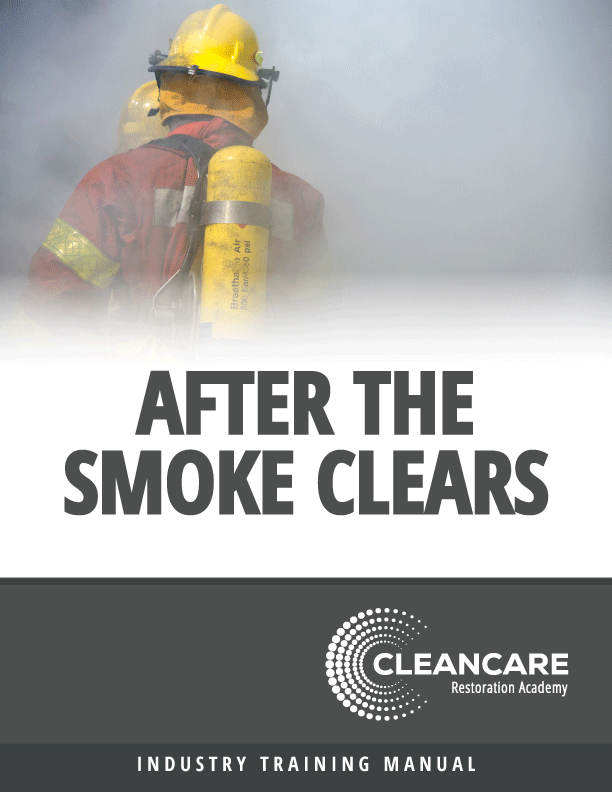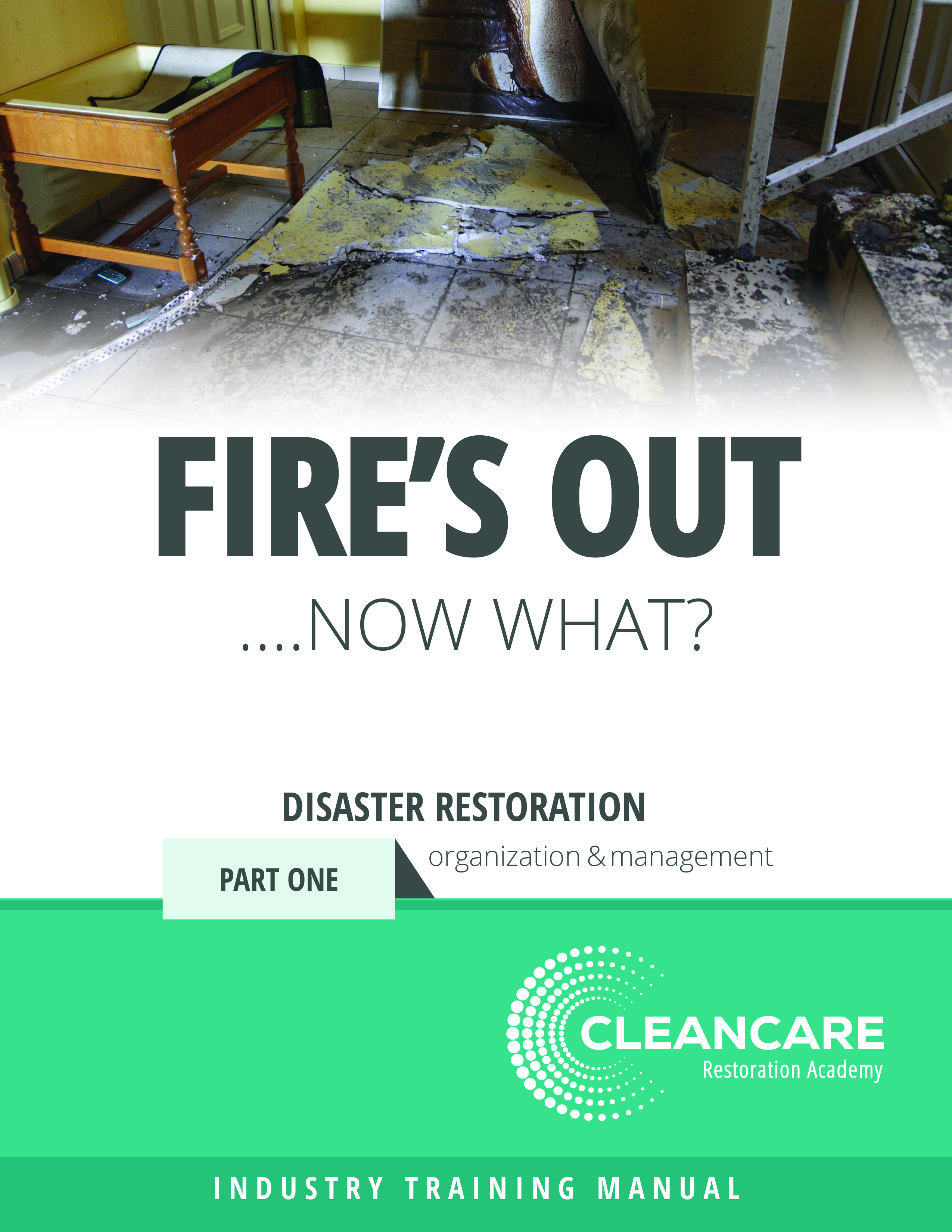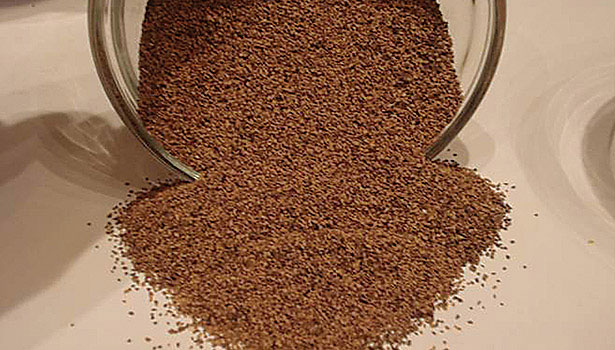Historical Restoration with Crushed Walnut Shells
























Drop me in any city around the world – Amsterdam, Berlin, Quebec, Rome, Zurich – and I’ll end up in the oldest, most historical district that burg has to offer. I’m no different when I travel in our United States. When I end up in the far reaches of our nation – Atlanta, Baltimore, Philadelphia, Seattle, San Diego or San Juan – it just never fails that I seek out the most history-rich sections of these great locales.
The greatest of these locations, the ones I remember most, exhibit a great deal of local flavor in their architecture, among their many other cultural offerings. Sure, I get a great deal of pleasure from the local foods, the local culture, and the different attractions, however the most lasting of my memories is always of the architecture. Most memorable in particular are the historical buildings, the streets, the alleys and the boulevards, the monuments, the parks and the other elements that speak the history of a city, and give it today’s vibe. Many of these historical structures have not only survived into today’s world, but are prized structures in prime locations.
Buildings characterized by features like old-growth oak beams, brick and mortar from yesteryear’s masons and architectural features that can leave us to guess at their original function. When you consider that most cities developed and grew around the waterways – port cities (think Charleston, SC, New Orleans, LA), river cities (think Pittsburgh, PA, St. Louis, MO), cites on the great lakes (think Chicago, IL, Cleveland, OH) to name a few – it’s not surprising that many great historical districts are waterfront locales with great views and great potential for that thing we called “vibe,” produced in great part by the historical structures in the area.
Most historical buildings don’t just become historic by growing old. There is an almost constant need for change in the life of a building. Surely, the drivers of the famous Clydesdale team of Anheuser Busch fame need a new whip once in a while, but how many buggy whip factories do we really need clogging our cities’ prime, waterfront districts? For a building to survive from one generation to the next, it takes flexibility of form and function to adapt. Where buggies were once crafted, we now craft brew.
Recently, on a trip to Cedar Rapids, IA – the second largest city in Iowa – I was able to visit a jobsite at the historical, riverfront Hach Building (Image 1). Originally built in 1895 as a four-story riverfront warehouse, it has morphed into several subsequent roles. Its many uses included recent stints as a building supplies depot, an office building for federal agents, and - since the flood of 2008 - a vacant building awaiting a new destiny. A large, local building contractor has been renovating the structure one floor at a time, beginning with the first two floors, and finishing with the third and fourth. Residing on the first floor, at street level, is a Bistro restaurant with river views.
Also calling the first floor home is an excited new tenant that designs and sells custom office interiors. (Image 2) The “blank slate” created by the newly opened space is just the background they need to display their unique architectural offerings. (Image 3) As clearly shown on the lobby sign, there are several spaces available - blank canvases, if you will - just waiting for their newest generation of occupants.
What the sign doesn’t indicate, however, is that these new blank spaces are not yet available. Upstairs, a sub-contractor and long-time customer, Better Built Mold & Re-construction Specialists, is wiping the slate clean – just as they did on the first two floors. Initially, owner Duane Fadley contacted me to discuss the possibility of using media blasting for this application. After seeing a few pictures of the structure (Image 4), and going on a site visit, we determined that crushed walnut shell would be the most appropriate blast media for the application (Image 5).
Walnut shell has many attributes that allowed us to make this decision. For instance, walnut shell media is a natural material that is derived from the shell of the black walnut, and comes as a byproduct from the harvest of the walnut meat. Unlike harder sand blast media, crushed shell has the added benefits of being a relatively low-cost media, creating minimal dust, and limiting damage to most building materials – like wood, and brick and mortar. Crushed glass, coal slag products, and other artificial sands are too damaging to be considered in most historical restoration applications due to the un-due destruction of the building’s surfaces.
Also of benefit is the fact that walnut shell is a dark brown color, closely matching many of the structural materials (i.e. wood, brick, etc.). Due to this coloration, minute amounts of residual media in a crack or crevice are not as objectionable, and will not result in extensive re-cleaning – as may happen with lighter colored media such as corn cob meal (Image 6). Both dry ice and baking soda media were also considered for the application, and both were eliminated from consideration – baking soda due to its additional containment and clean-up requirements and dry ice due to its much higher operational costs.
In addition to the relatively low cost of the media, there were several additional reasons that walnut shell media won the battle for success in this application. While walnut shell may be recycled through most blast systems, it also has a price point that still allows cost-effective use as a one-pass medium. Although some “one-pass” costs are higher when not recycling, such as increased media consumption (Image 7), and increased disposal cost, there are several benefits. The main benefit is the elimination of the labor and costs normally associated with collecting and sifting out the debris from blasting media to be reused. Additionally, there is a reduction in equipment and crew down-time due to plugged up blast valves from re-using the blasted media. Lastly, by eliminating the recycling of the media you also eliminate the possibility of contaminating the blasting equipment, and, more importantly, areas of the structure yet to be blasted.
In taking this building from the 1800’s into the next century, Better Built employs a process they learned from their experiences dealing with the wide-spread flooding of 2008. The vast flooding and resulting mold infestation devastated much of Cedar Rapids. Better Built was among an army of restoration professionals that brought the area back from that low point. This experience allowed them to refine their methods of remediation – including a great deal of baking soda blasting. Using methods of blasting, containment, and clean-up honed in the blasting of mold, the crossover to this application was seemingly simple. The blast system they chose is equally capable of blasting baking soda, and all traditional media – like walnut shell – with minimal change-over. In a similar fashion, they’ve adapted containment methods made familiar in their successful mold remediation protocols.
Techniques included the use of vane-axial fans ducted to dust socks to create negative pressure and air movement (dust collection) inside the blasting areas (Image 8). Individual floors were “divided” into different sections using poly (plastic) walls, and addressing “critical barriers” to contain the current blasting area from the “just blasted” area – allowing prepping, blast cleaning (Image 9), and clean-up to take place simultaneously in different chambers.
In addition to the techniques from their past, Better Built has developed some new habits. Using larger compressors (375 CFM instead of the normal 185 CFM) and oversized air lines (1.25” instead of the normal 0.75”) helps to overcome some of the air pressure and air volume losses due to extended hose runs from the compressor to the blast machine, and ultimately the blast nozzle. (Image 10)
In the end, when cleaning a structure of over 120 years of dirt, debris, pollution and other contaminants, the proof is in the results (Image 11, 12). The media blasting process has proven time and again that cleaning large portions of a structure is not only effective, but extremely adaptable. Whether contemplating your next historical restoration project, or your first, consider media blasting with walnut shells. The results can be memorable, and quite profitable, too.
Looking for a reprint of this article?
From high-res PDFs to custom plaques, order your copy today!




